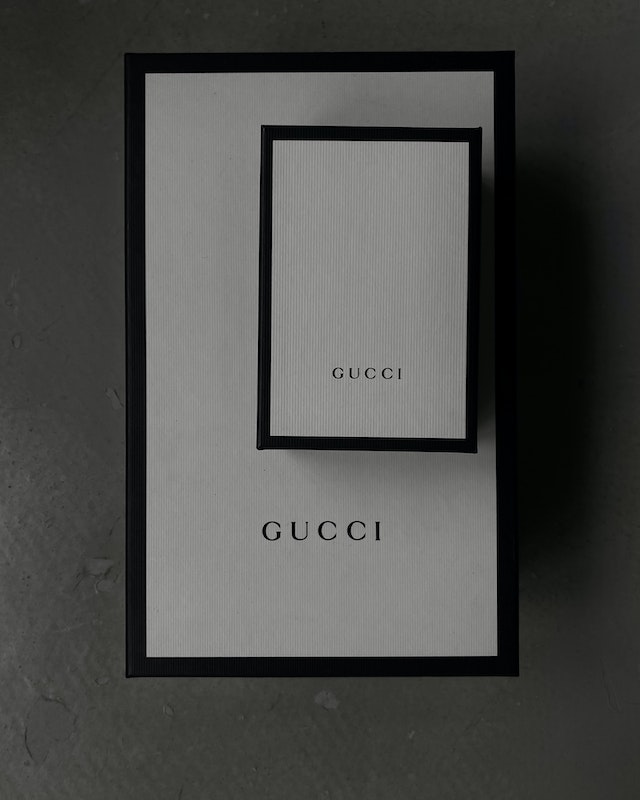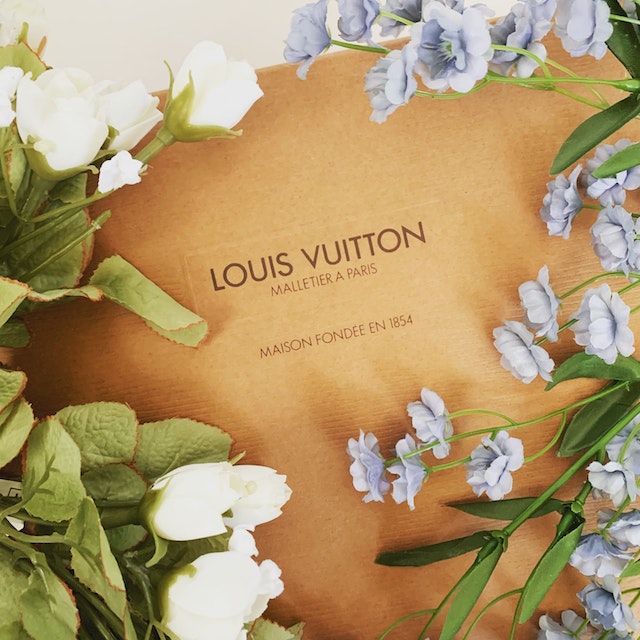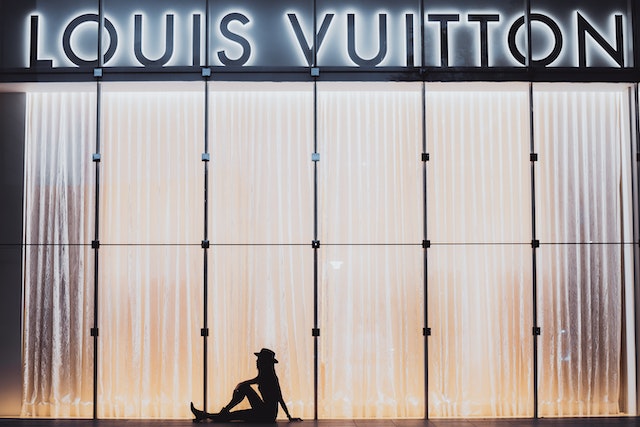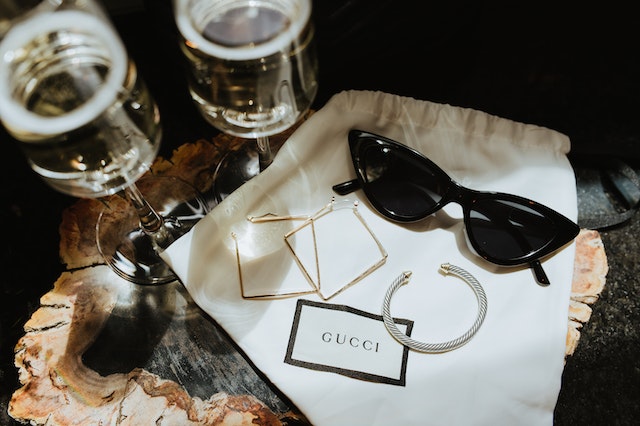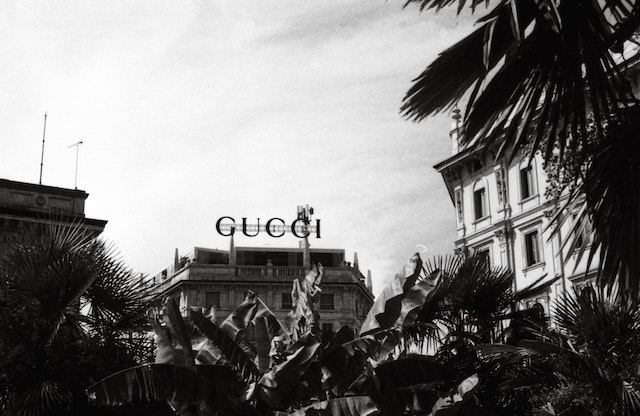
Louis Vuitton's announcement that music legend Pharrell Williams would be taking over as creative head of its menswear sent shockwaves across the fashion industry. In November 2021, the previous creative director Virgil Abloh passed away. Pharrell will take his place.
Given that both Williams and Abloh are Black Americans with a strong sense of fashion and street culture, Pharrell is an ideal candidate to inherit Abloh's shoes. Abloh's resume was shorter at the time of his hiring in 2018 than that of Williams to this date.
Abloh, who interned at Fendi before launching his wildly popular Off-White clothing line in 2013, has achieved much of his success in the fashion industry. Conversely, Williams used his success in music to break into the fashion industry.
